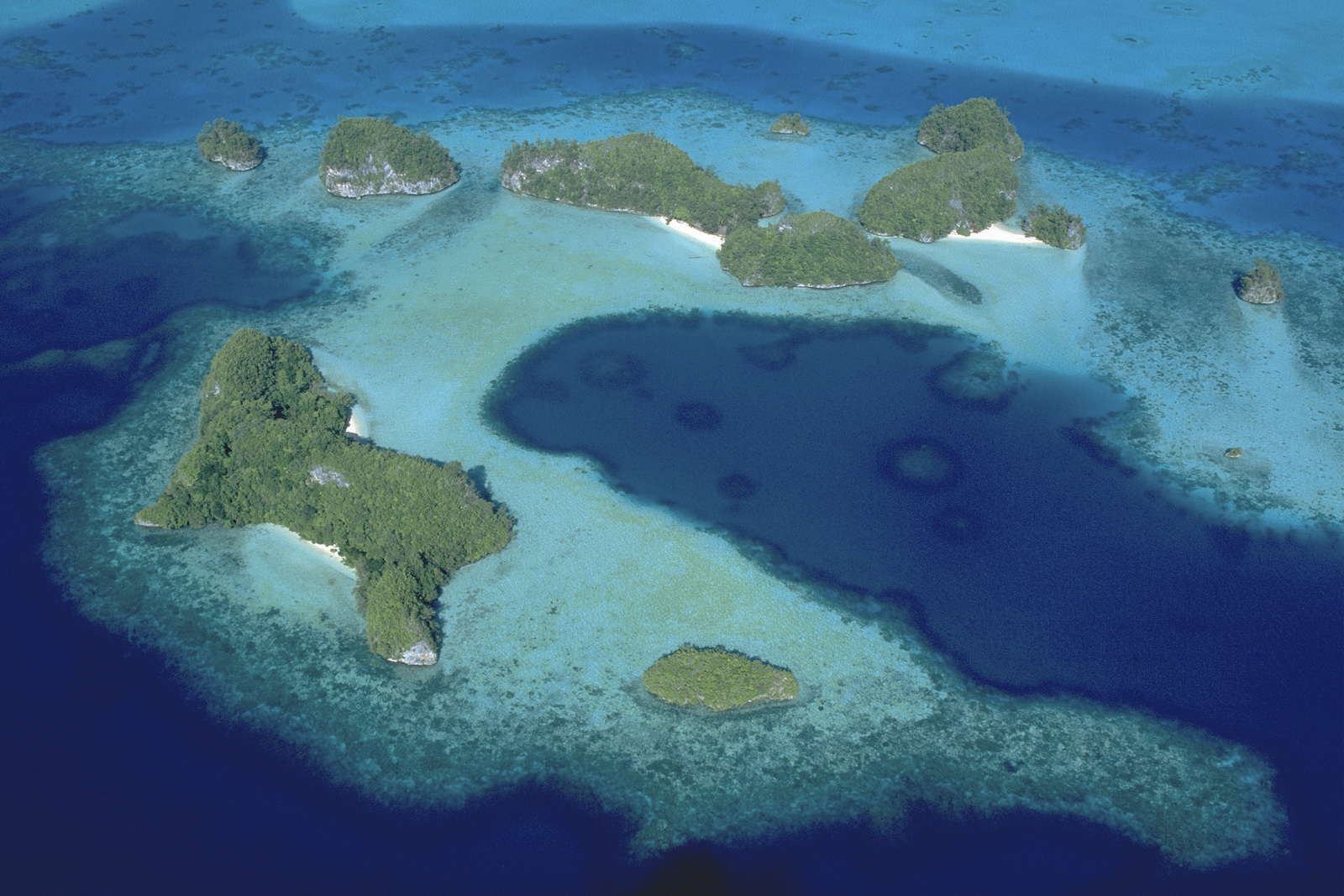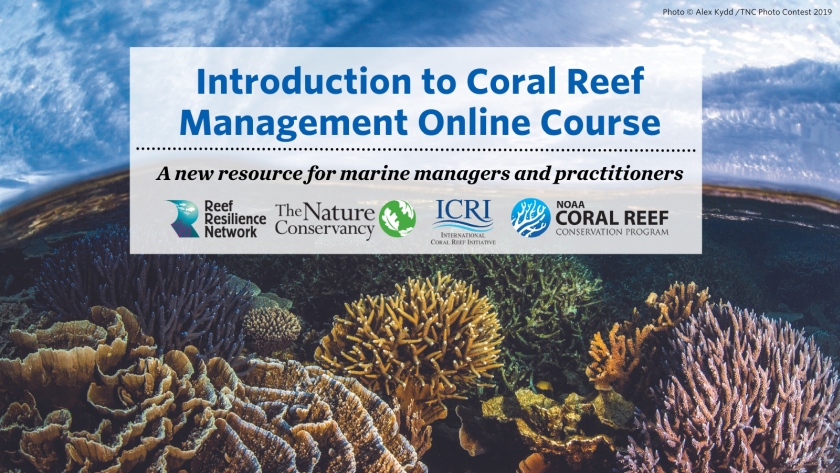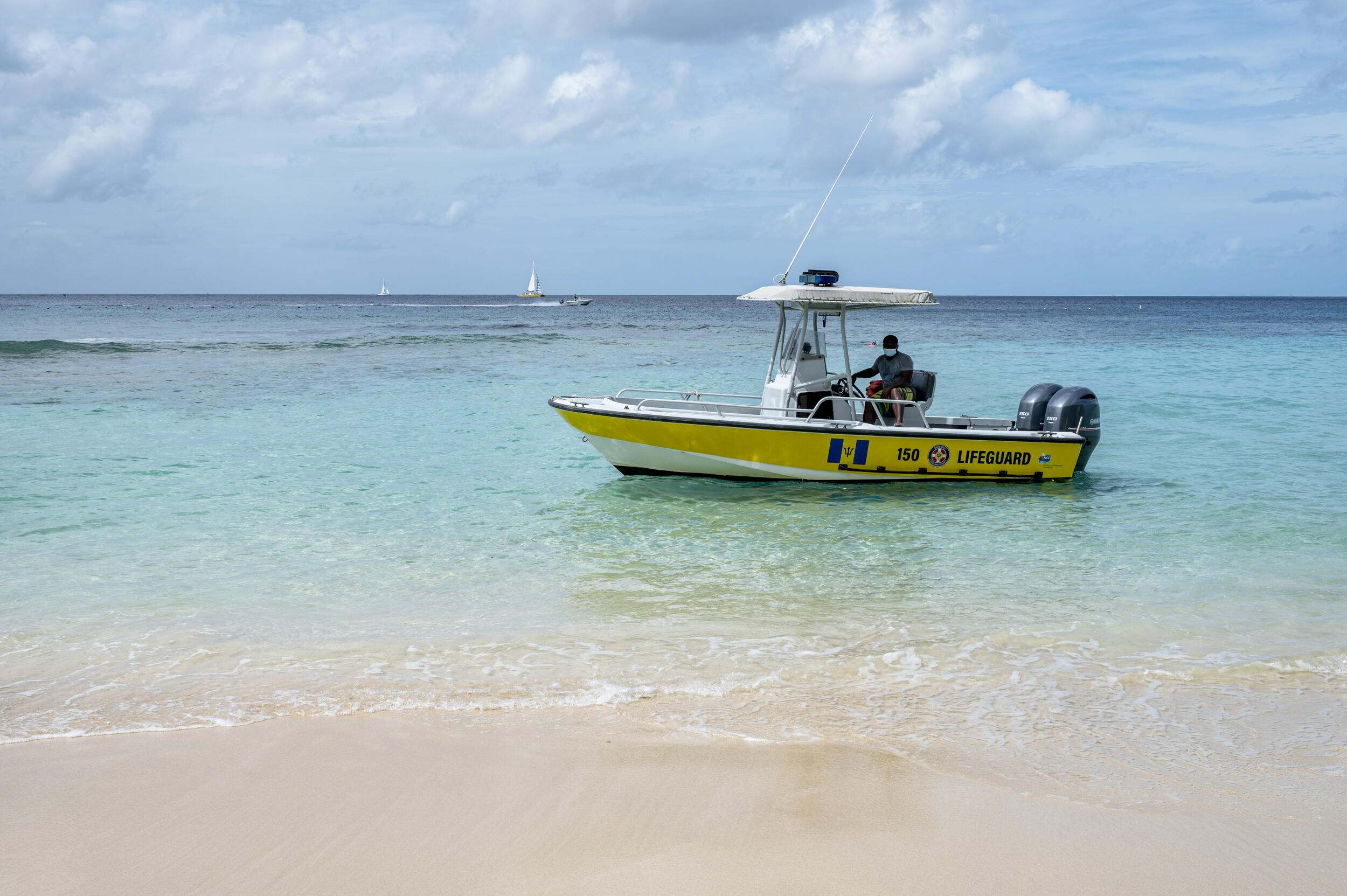
Aerial view of Kmekumer, Rock Islands, in Palau. Photo © Jez O’Hare
RRN interviewed author Dr. Annick Cros, researcher at the Hawaiian Institute of Marine Biology, as she shares highlights from her recent publication on connecting Palua’s marine protected areas and discusses how findings from this study can guide conservation strategies for coral reef managers.
Click the play button below to hear the interview.
Dr. Annick Cros
Interview Transcript
Reef Resilience Network (RRN): Hello everyone, Reef Resilience is interviewing Dr. Annick Cros, researcher at the Hawaiian Institute of Marine Biology and today she will share highlights from her recent publication on connecting Palau’s marine protected areas.
Annick Cros (AC): Hi everybody, thanks for having me today.
RRN: Great, thanks for joining us. So how does this paper challenge how we are currently designing MPA networks?
AC: This paper challenges old assumptions about larval dispersal and connectivity. Connectivity is the exchange of individuals between populations. It is one factor that shapes the size and composition of a population. It plays a key role in genetics because connectivity acts against speciation and it may bring key genetic diversity that allows for adaptation. In the marine world, adults don’t move much or not at all and most of the connectivity happens with the dispersal during the pelagic larval stage of organisms.
RRN: What did you assume about this topic before your paper and what were some of the take home messages from your research?
AC: Well larvae are so small, they are difficult to track. For example, we assumed that the longer a larvae could survive in the water column, the further it would travel, dispersed by currents due to its small size. Therefore, we assumed that most dispersal took place at large scales of hundreds of kilometers. We also assumed that at a small scale, genetically, a population would be very homogeneous because the exchange would happen at larger scales so that we would see genetic diversity at large scales. However, more recently an increasing amount of research has shown that dispersal is happening at a much smaller scale than expected and that most larvae recruit close to home.
AC: In our paper, we use population genetics to study the dispersal of Acropora hyacinthus around the barrier reef of Palau, Micronesia to test some of these assumptions. And the reason why we selected Palau was because in 1998 it suffered from heavy mortality from bleaching, in particular the coral Acropora hyacinthus. Since then it has recovered and the colonies we observe on Palau today are the result of recent patterns of dispersal making it easier to understand what is happening. What we found is that the patches of Acropora hyacinthus separated by a few kilometers around Palau’s reef do not mix very much, there is little connectivity. Instead we find surprisingly high numbers of colonies related to each other over a few hundred meters, indicating that dispersal happens at a very small scale.
RRN: So how can research on larval dispersal guide effective conservation strategies for coral reef managers?
AC: Well what we found is that instead of having a homogenous reef we had a mosaic of genetically different patches of corals which reflects the diversity that could play a role in the resilience and resistance of corals. So to manage it is a challenge because it requires protection of the entire reef, leading to the need for a more comprehensive approach than an MPA to manage Palau’s reef.
Authors: Cros, A., R.J. Toonen, M.J. Donahue, and S.A. Karl
Year: 2017
View Abstract
Email for the full article: resilience@tnc.org
Coral Reefs: 1-14. doi: 10.1007/s00338-017-1565-x


